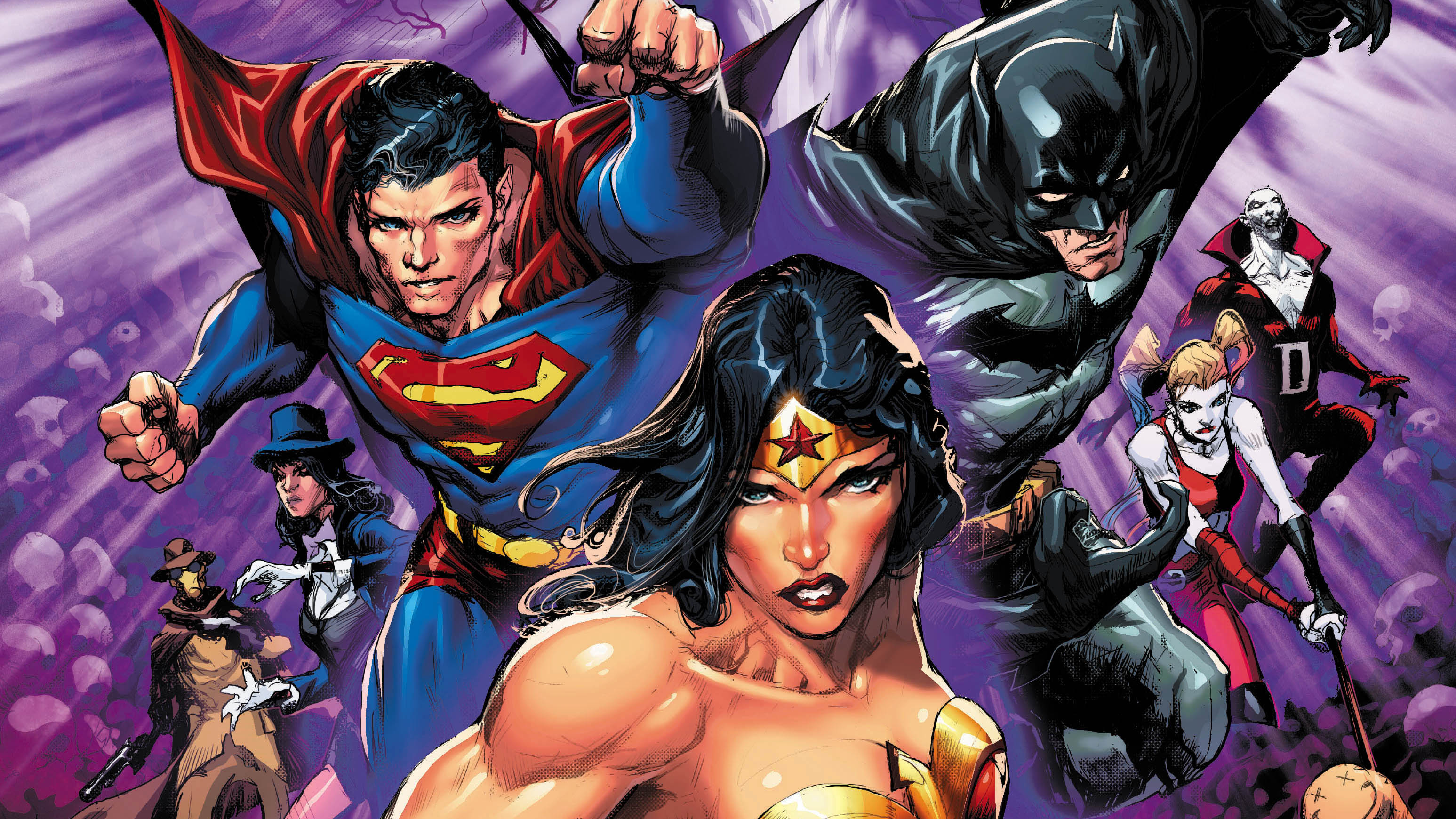
The DC Universe is shifting gears to surreal horror this summer with its latest crossover event, Knight Terrors. The story kicks off with Knight Terrors: First Blood #1, on sale July 4. Written by Joshua Williamson and illustrated by Howard Porter, First Blood presents DC's greatest superheroes with a murder mystery before plunging them into their greatest nightmares. As the heroes struggle against their own worst fears, each major character will be forced to confront unresolved issues from their respective psyches.
Knight Terrors spans DC's titles in July and August, with the four-issue core series bookended by July's First Blood and August's Knight Terrors: Night's End #1. In addition to writing the main series, Williamson also writes Knight Terrors: Batman, joined by Guillem March, and Knight Terrors: Superman, joined by Tom Reilly.
In an exclusive interview with Newsarama, Williamson details the origins and development of Knight Terrors, how the event goes deeper with its main characters without sacrificing the superhero stakes, and teases not only what readers can expect from Knight Terrors but how the story will impact the Dawn of DC.
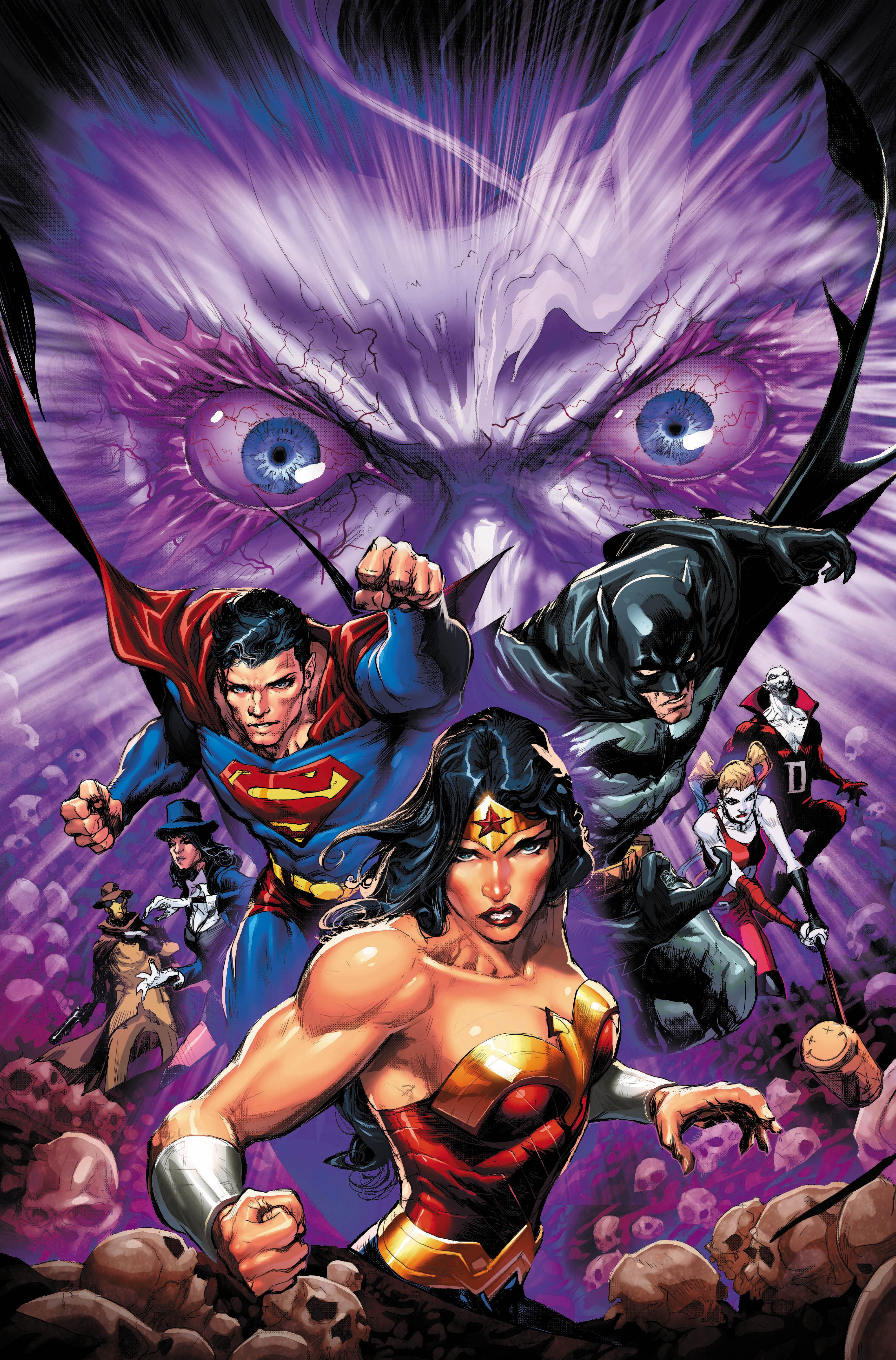
Newsarama: Howard Porter's artwork in Knight Terrors: First Blood #1 is some of the rawest, most visceral work I've seen him do. How was it bringing that side out of him for this opening issue?
Joshua Williamson: Howard loves horror and has been wanting to do some horror for a really long time because he's never been able to go this far. With this issue, I remember writing it and I always feel like I live in the Teen+ rating world when it comes to DC, like something that's PG-13. With my Image books it's a little bit more mature, but with this I was going to push it.
Then I had to go to Howard and be like "Howard, it's your job to make it a little gross and a little visceral but we can't get in trouble. You've got to walk this line, Howard!" [laughs] and he was like "I've got it. We'll be fine." He's such a versatile artist, but he loves horror and it just worked out.
Doctor Destiny plays a major part in First Blood, but it's really all about Insomnia. How was it creating a new supervillain?
We went back and forth if we were going to do a new villain or not. Really early on some of the conversations we had about it were that I wanted to create a Freddy [Krueger] for the DCU. Anytime there's a really big story, I feel like we fall on certain characters, like it's going to be Darkseid, Anti-Monitor, or any of these big cosmic villains. I felt like we needed another powerful, over-the-top villain, but I wanted one that had a very different personality.
Insomnia's malevolent and malicious, but I wanted somebody that had a little bit more personality and was a little on the funny side. So let's create a villain that's a little over-the-top, a little different, but also a little tragic. We started our conversations about that.
With Doctor Destiny, I've always been a fan of that character as a villain and I've always found nightmares to be interesting. So let's connect it to that character but bring in something new and play with certain things.
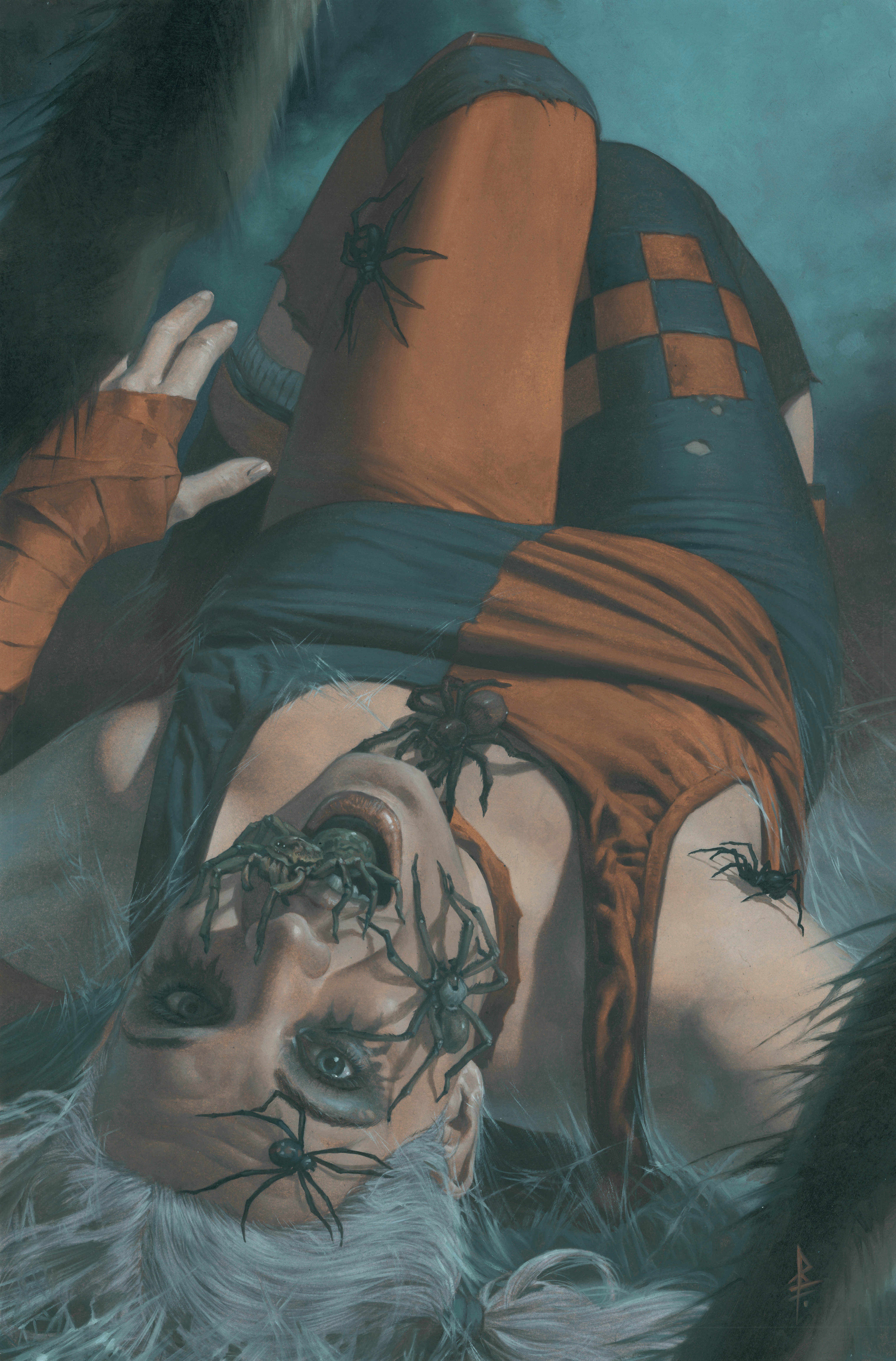
You were brainstorming this story as Dark Crisis on Infinite Earths was coming out, which is such a big, cosmic story. This one is a lot more intimate and focused on the subconscious. Was this about keeping the sense of stakes but inverting the sense of scale?
That's it exactly. Dark Crisis was so big, there were so many characters, elements, and things happening. With this one, I wanted to bring it down and make it about what was going on in these characters' heads and make it more personal. It's why Deadman is essentially the point-of-view character for a lot of it.
After Dark Crisis, I just really wanted to tell - I want to say "a smaller story" but a lot happens. Really early on, we were presented with this challenge that [DC] wanted to do something big, but no multiverse, no alternate reality, and no time-travel, but they wanted something that had that Age of Apocalypse vibe to it, so where do we pull that from? That's where I came up with nightmares because nightmares can be really intimate.
The thing about nightmares is that they're not supposed to be taken literally. If you see snakes in your nightmares, that doesn't necessarily mean that you're afraid of snakes, so what does that snake actually represent to you? When we started talking to the other writers and editors about it, one of the things we were saying was, "What are their nightmares about?" which isn't necessarily the same as "What are they afraid of?"
It made everybody take a step back and just think about their character more than having them face a big explosion. I remember going up to other writers saying "If you've seen A Nightmare on Elm Street, you're going to be fine." [laughs] It was a bit more of talking about what's going on in the characters' heads, the fears they have, or the things they've been thinking about, and then getting into the horror tropes and jumpscares.
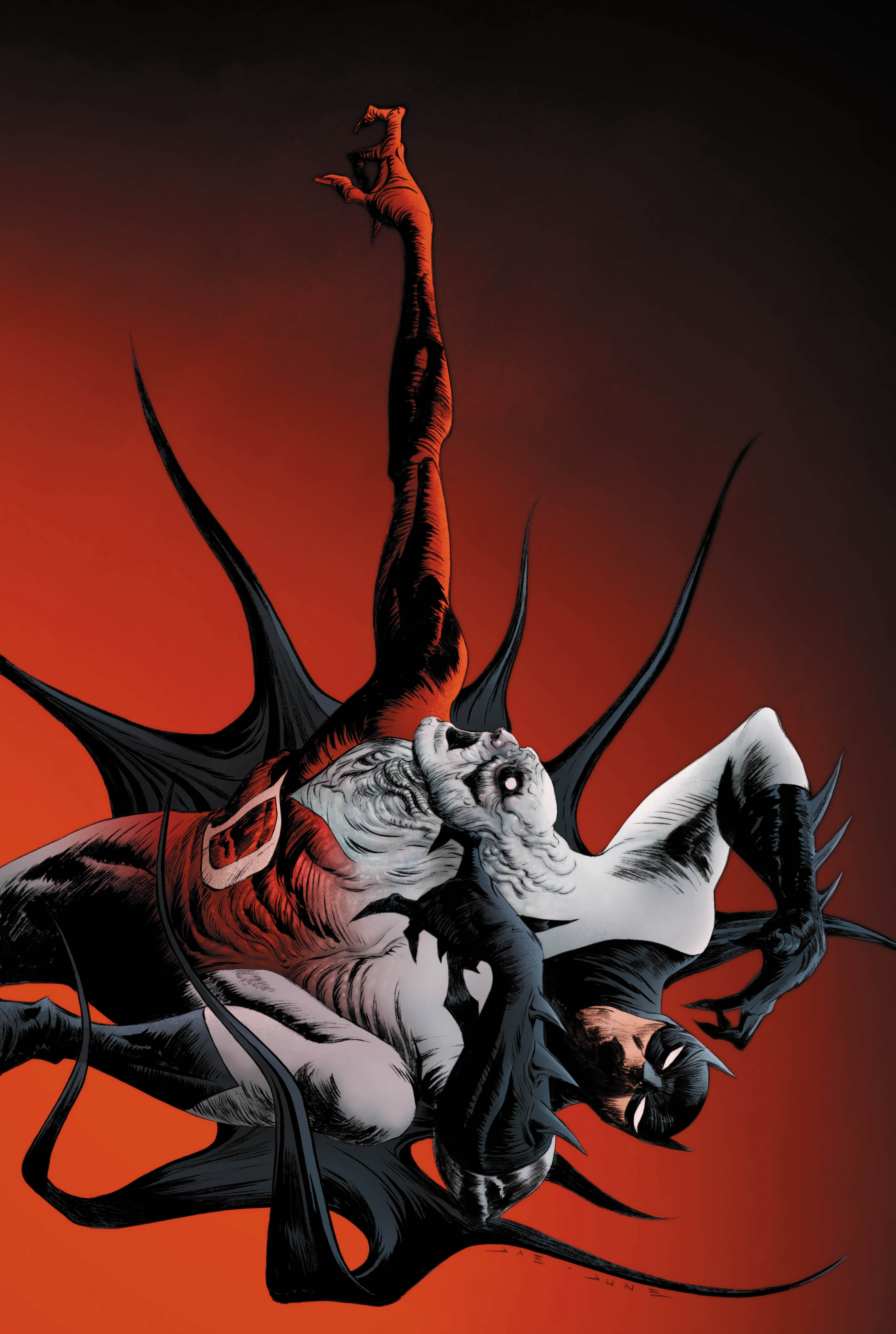
Something we see, especially in the tie-ins, is that the heroes have to go deeper into their own nightmares to get free; the only way out is through. How was it building these layers of the subconscious and escalating the story with that in mind?
Like you said, the only way out is through. I think most of these characters are going to realize that it's a dream fairly quickly. Once they know that and they're lucid, then it becomes a story about control and how the only way [forward] is to take control. For them, to control the situation, they have to go deeper and get that control, they couldn't stay stationary where they were, they have to go deeper.
Knight Terrors: Superman doesn't go as deep. We do deal with a fear that Superman has, a subconscious issue that he has, but it becomes much more about him having to go help people. His story isn't about going deeper, it's about getting out. For Knight Terrors: Batman, there is a specific reason he has to go deeper to regain control, but what do you find when you go deeper and what do you create?
This person has created this symbol of nightmares and darkness, what else does he have in his head? There is a part in the Knight Terrors: Batman issue where Insomnia says "I'm not doing this, you're the guy creating all this. I'm just watching and here along for the ride!" That was part of the story, also allowing the reader to go along with the ride and that meant going deeper to figure things out.
More than just a point-of-view character, Deadman keeps the story grounded as the stakes pick up around the DCU. Why did you choose Deadman as the ghost host for Knight Terrors?
I just love Deadman! I really like him and I knew I needed an emotional character, a character that was specific to this story. One of the challenges that came up doing Dark Crisis was that every major character in Dark Crisis had their own book at the same time. There was something limiting about how much you could do with those stories and how much of an emotional story you could tell with them.
When I approached this, I needed a point-of-view, an emotional story, and an emotional anchor. It made sense to be Deadman. You're doing a story about horror, about Insomnia's powers of invading someone's mind and body, and it all tied to Deadman. Very early on, when we first started talking about this, even before we landed on nightmares, [editor] Ben Abernathy and I landed on this thing of, after Dark Crisis, some of the heroes of the DCU are haunted by something. That was what initially led into everything, hauntedness, and that led into everything else.
One of the priorities was having Batman, Superman, and Wonder Woman in it, having the trinity play a major role in the story, especially in the first issue and the ending. But I just needed a point-of-view character who was somebody that could get in their heads a little bit. Everything kept pointing at Deadman and, selfishly, that was great because I love that character. The last big story with Deadman in continuity was really during Brightest Day and the stuff he went through with Dove. Let's revisit that and see what's been going on with him since then and what he feels his role is in life and where he's at now.
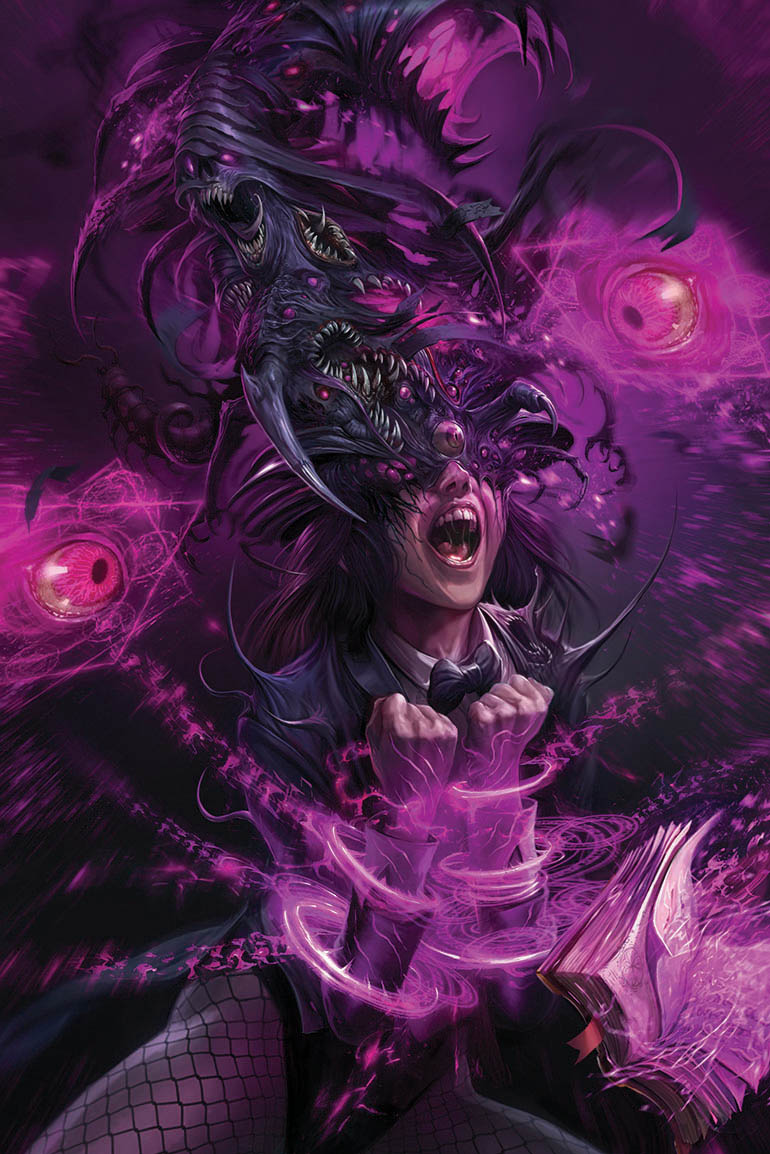
With Knight Terrors: Batman, you're working with Guillem March and his work is just breathtaking here, even before the nightmares begin.
I think Guillem is just a genius so it's just about trust for him at that point. This dude is an incredible storyteller, he pushes beyond, he understands what you're doing, and then he levels it up, I see it in everything. There's a two-page spread that came in just before I got on this call and I was like, "Did I write that because this is way better than what I was thinking!" He gets it every time, he gets the dark humor to it.
He did this book called Karmen at Image and, without spoiling it, there are similar elements, so I knew he was going to knock this out of the park. I trust that he's going to take this and run with it, he's one of my favorite collaborators to work with. When I know Guillem is going to work on something, it's a weight off my shoulders because that dude is going to handle it. Like, "Back to work, everybody! This guy is going to take care of it!"
Knight Terrors: Batman also features a back-up story with Damian Wayne, picking up from his role in the Free Comic Book Day special and positioning him for a pivotal role in Knight Terrors overall. Why did you chose to focus on that character?
I love Damian, I don't think that's a secret. Here's the great thing about A Nightmare on Elm Street and other movies about nightmares - they always involve teenagers! Once we started talking about Free Comic Book Day, I was like "Damian is the first one to have a nightmare." And then his role kept increasing. It's so funny because sometimes, when you're working on these stories where there are so many pieces, you're not thinking of it in a linear row but as a tree or tapestry of books.
It just started coming together, like "Damian will appear here and then this thing will happen, then Damian will appear here and it'll be important here." It all just started coming together in this really cool, big story that's really fun. I just love working with that character. He's trained, just like his dad, to recognize the power of dreams and subconsciousness and what it does to you. Damian also has a little control issue and that's what happens in the [FCBD] special, with him trying to figure out how to control this.
A lot of this will bleed into his and Bruce's relationship for the Batman and Robin book that comes out this September.
Beyond Batman and Robin, Knight Terrors has big implications for the rest of the Dawn of DC, right down to an appearance by Amanda Waller in the first issue.
Amanda Waller is in the first issue and she's in the last issue. She plays a big role and definitely takes advantage of the situation, that's a big piece of this. It's so important to the Dawn of DC. In the last issue, we introduce a new character called Doctor Hate. Doctor Hate will play a major role moving forward in the DCU, that's a huge thing, the mystery of who Doctor Hate is. There's stuff from this that will play into Batman/Catwoman: The Gotham War, there are elements that lead into it.
I think we're at the quarter-way point for the Dawn of DC, give or take. This is an important part, where certain things get pulled into motion because of this. Amanda Waller is also trying to prove a point, that superheroes are dangerous. Part of Insomnia's goal is to make everyone afraid of superheroes. At some point, they might have things in common there and that'll all play out towards the end.
Knight Terrors: First Blood #1 is written by Joshua Williamson and illustrated by Howard Porter. Knight Terrors: Batman #1 is written by Joshua Williamson and illustrated by Guillem March, with a backup story written by Williamson and illustrated by David Lafuente. Both issues go on sale July 4 from DC Comics.
Knight Terrors is the latest in a long line of events that have altered the DC Universe. Here's our list of the most important DC events of all time.







